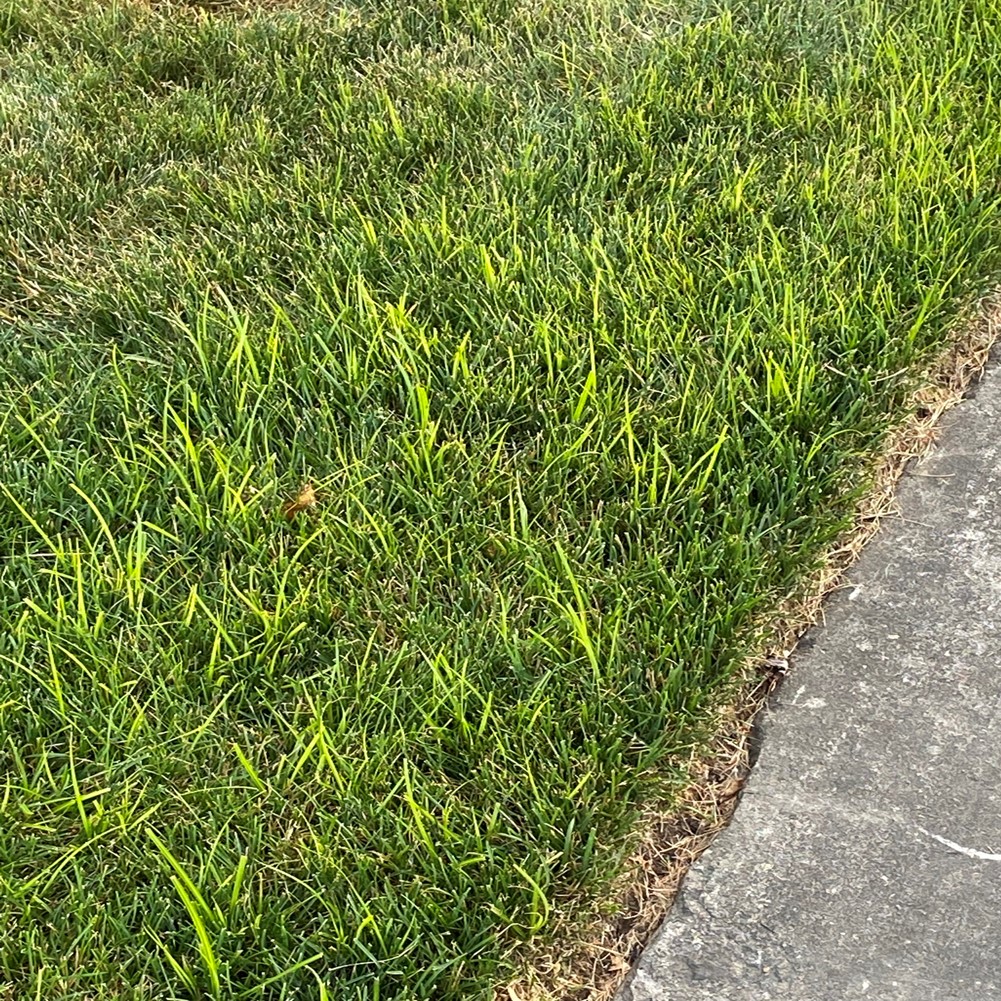Controlling yellow nutsedge in turfgrass
Yellow nutsedge is appearing in turfgrass. This article describes nutsedge and presents control options for homeowners and professional applicators.

As cool season turfgrass growth has started to slow just a bit in the last couple weeks due to warmer and drier conditions, yellow nutsedge (Cyperus esculentus) has become very evident in many turf stands. Yellow nutsedge is often called nutgrass or swampgrass. Despite its appearance, it’s not a grass, it’s a sedge and is easily identified by the triangular shape of the stem. If you roll the stem between your fingers, you should be able to feel the triangular shape of the stem. Other distinguishing characteristics of yellow nutsedge include leaves that are light green to yellow and waxy or slick to the touch. See additional information on identifying yellow nutsedge from Michigan State University Extension.
Yellow nutsedge grows rapidly and leaves are often seen several inches above the turfgrass canopy, similar to what is observed with quackgrass. Nutsedge produces tubers or nutlets underground that really make controlling this weed difficult. These tubers can remain dormant in the soil for several years and sprout new plants when moisture becomes available.

For serious infestations of yellow nutsedge, a herbicide application may be necessary.
Control options for the homeowner are somewhat limited; Michigan State University Extension recommends looking for herbicides with the active ingredients sulfentrazone or halosulfuron. Sulfentrazone is a contact herbicide and will often provide quick control.
Control options for professional applicators are more diverse. In addition to sulfentrazone and halosulfuron, mesotrione and imazosulfuron are labeled for control. Repeat applications over several years will likely be required to achieve complete control; remember, all those nutlets are “resting” under the surface waiting to grow new plants next year.
Always read, understand and follow the label directions. Mention or exclusion of specific products does not represent an endorsement or condemnation of any product by Michigan State University.



 Print
Print Email
Email
